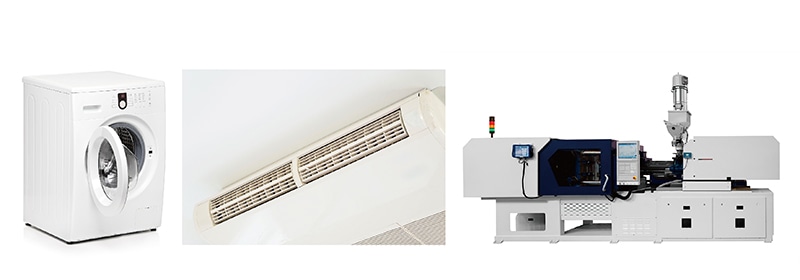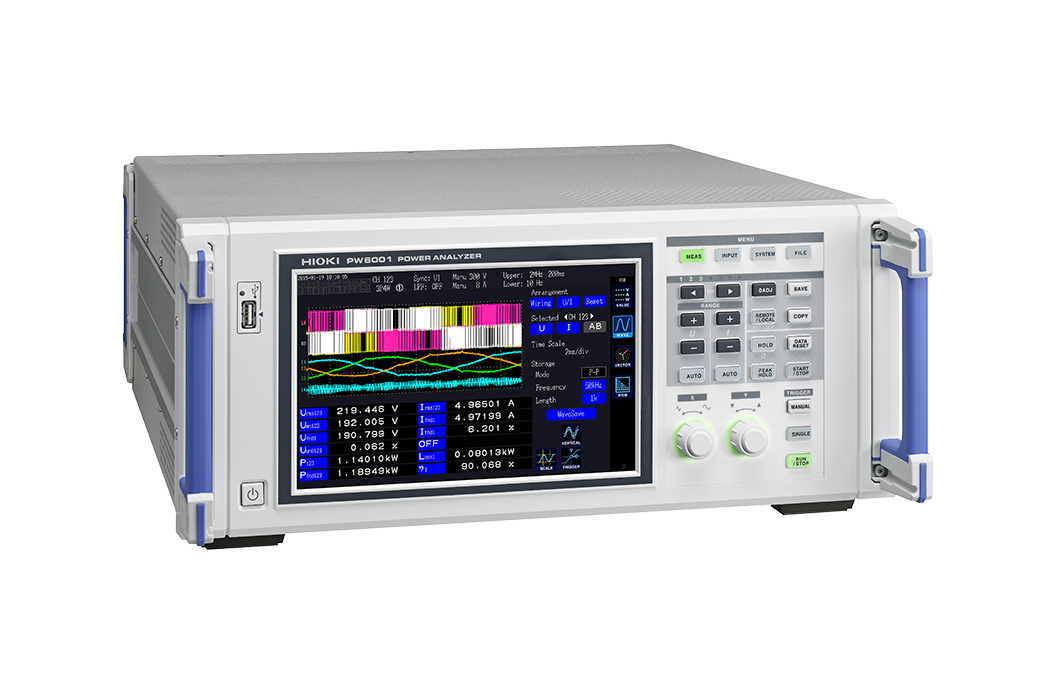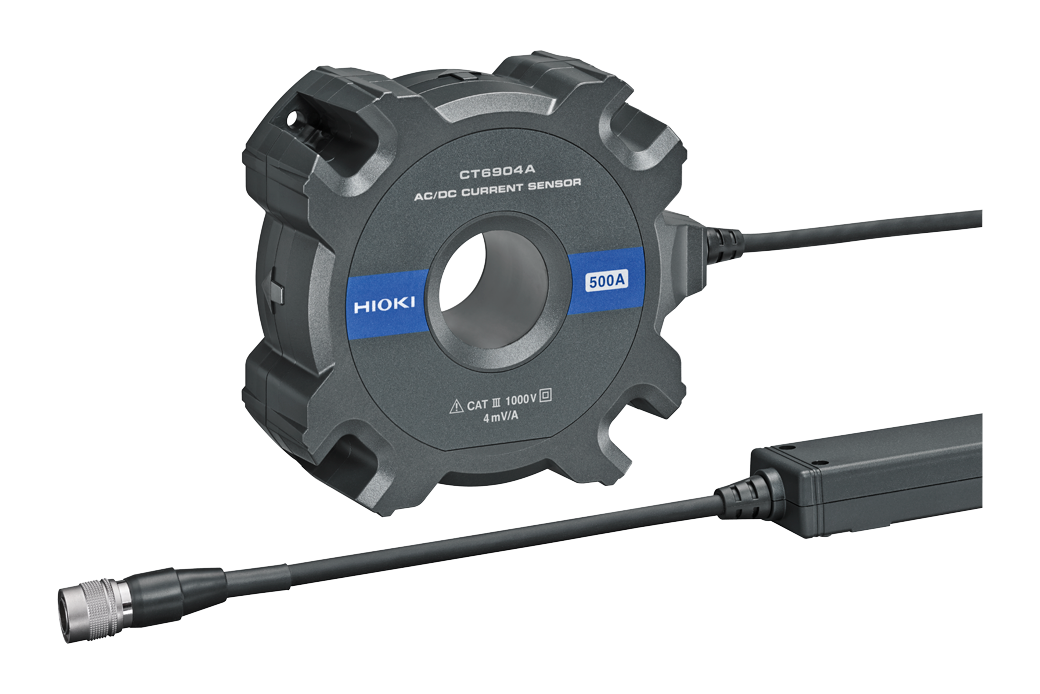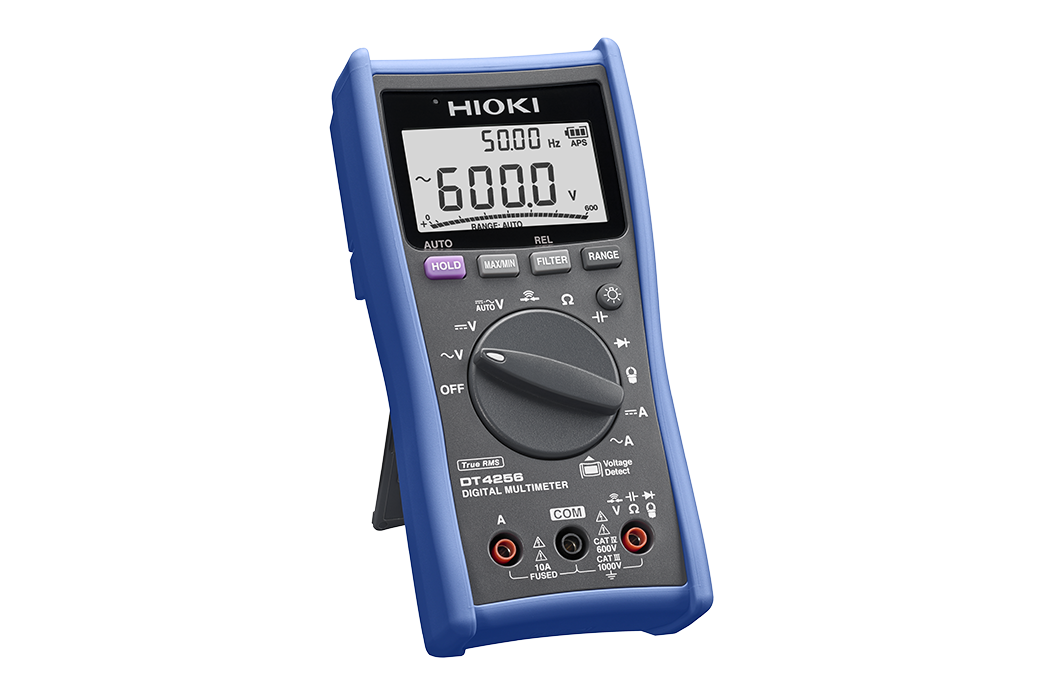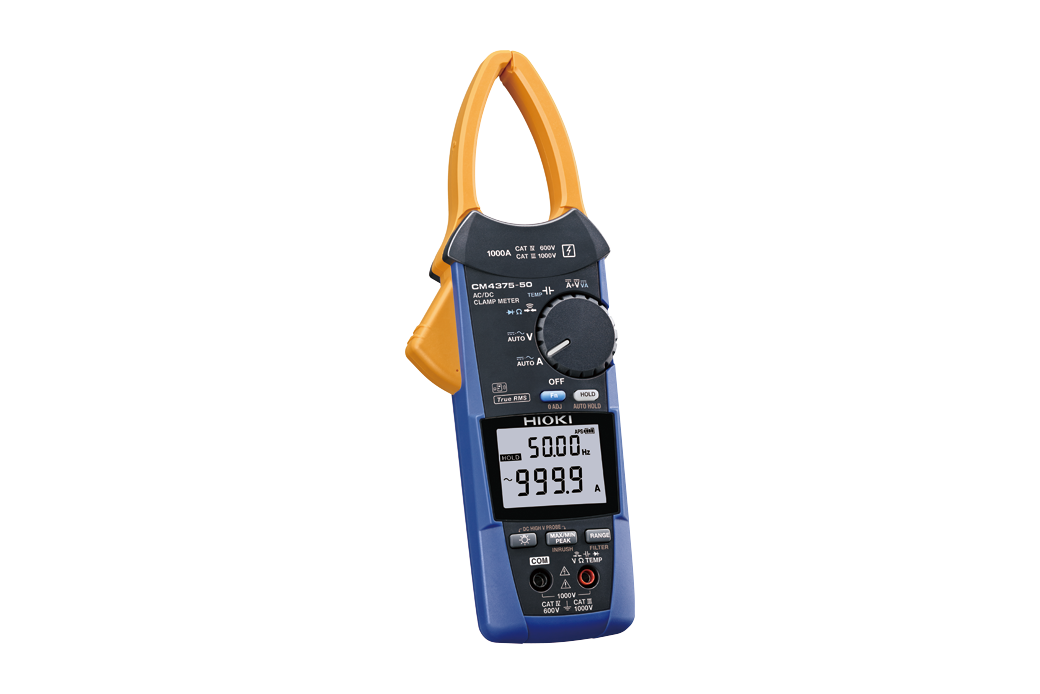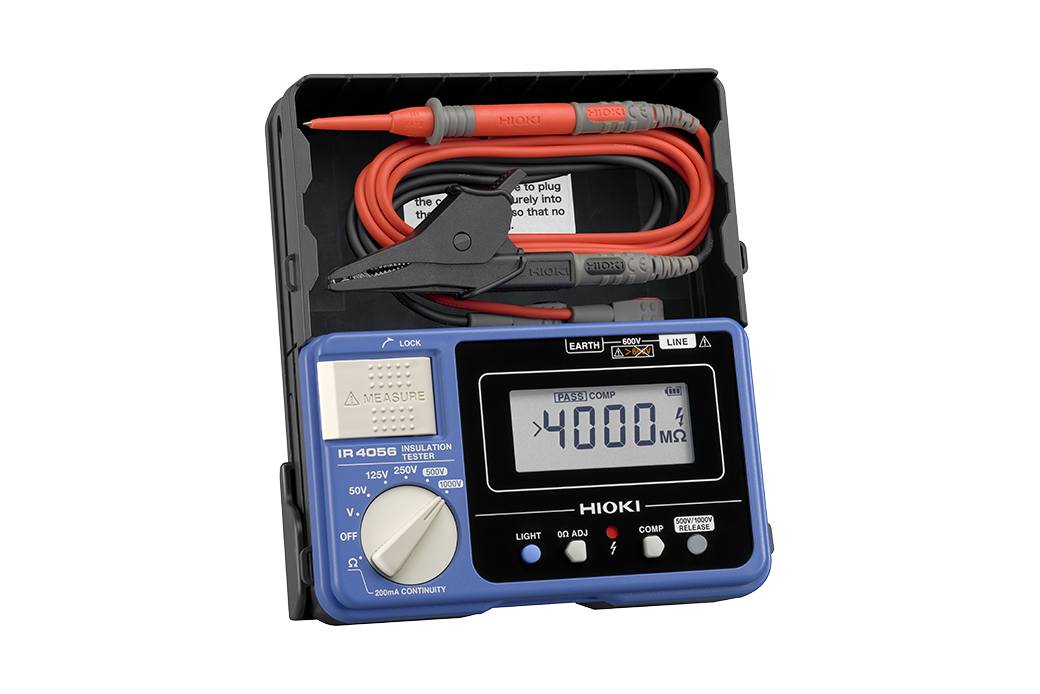How to Test an Inverter
How are inverters tested? Introduction to testing reasons and precautions
Overview
Inverters play an extremely important role in household appliances and industrial machinery. Inverters consist of electronic circuitry, and there are many situations in which they need to be tested, including product performance testing, maintenance testing, and inspections in the event of a malfunction or failure.
This page provides an easy-to-understand introduction to the principal types of inverter testing, the reasons behind such testing, precautions that should be borne in mind when carrying it out, and related topics.
What is an inverter?
Inverters are used in a variety of settings where they’re needed to drive equipment ranging from electric products to large industrial machinery by varying the speed of their motors. They play two principal roles:
Converting direct current (DC) into alternating current (AC)
Although the frequency and other specifics vary by region, AC power sources in principle have constant voltage and frequency. Since different machines have different frequency and voltage requirements, a circuit known as a converter is used to convert AC current from the power grid to a DC current, and then an inverter is used to convert the DC current to an AC current with the frequency and voltage required by the machinery being driven.
Varying the speed of a motor
Inverters can be used to vary the speed of motors. A machine can be difficult to use when its motor operates at a constant speed, which could cause the machine to start moving abruptly or require it to operate at full speed all the time.
Controlling the speed of motors with an inverter allows machinery to be used efficiently.
Why is inverter testing necessary?
As introduced above, inverters play an extremely important role in a variety of electric products and machinery. Additionally, inverters themselves consist of extremely precise circuitry. For that reason, they must be tested thoroughly to verify their condition.
Product performance testing
Products with an inverter that’s not in optimal condition fail to serve their purpose. When completing a product or machine, manufacturers check whether the inverter is operating as designed.
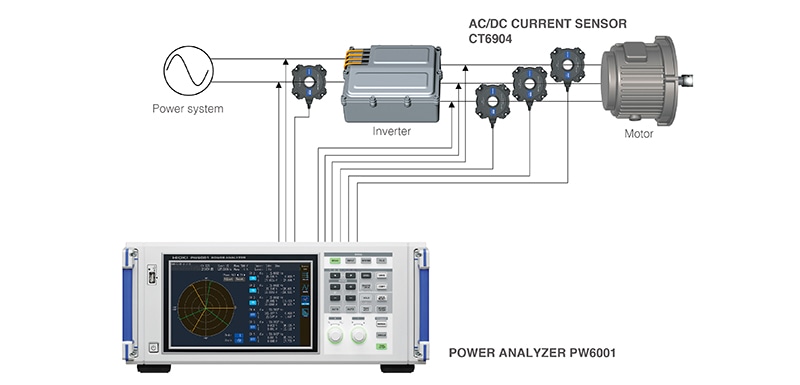 Measure The Power Conversion Efficiency of Inverters
Measure The Power Conversion Efficiency of Inverters
Regular testing for maintenance
There are a variety of types of inverter systems, and once a device used to control a piece of equipment like a machine or pump–for example, an inverter panel–fails, it’s too late for testing. Regular testing is necessary to check for inverter issues and signs of impending failures or malfunctions.
Pinpointing malfunctions
When a malfunction occurs, repairs can’t be carried out until the part that malfunctioned is identified. Inverter testing is necessary in order to check for malfunctions of the inverter.
Inverter insulation resistance testing and voltage/current measurement
This section introduces insulation resistance testing and voltage/current measurement, two tasks that are sometimes used in inverter testing.
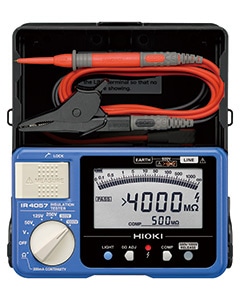 Insulation Testers
Insulation Testers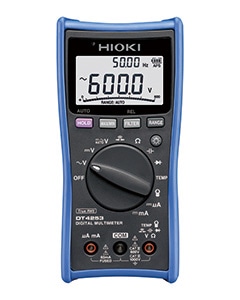 Digital Multimeters
Digital Multimeters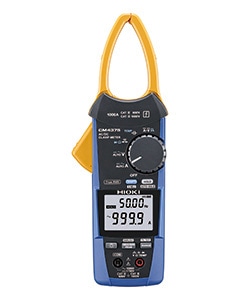 Clamp Meters
Clamp Meters
Insulation resistance measurement
Insulation resistance testing is used to check for degradation in wire insulation. Such testing is performed not only after problems are found, but also on a regular basis to prevent such issues as part of a maintenance regime.
Primary-side voltage and current measurement
When measuring the voltage and current on the primary side of an inverter, distortions in waveforms can cause differences in measured values. Consequently, it's necessary to use a true RMS voltmeter (digital multimeter) and current meter (clamp meter).
 Mean rectification RMS value indication and true RMS value indication
Mean rectification RMS value indication and true RMS value indication
Secondary-side voltage and current measurement
On the secondary side of an inverter, the voltage and current’s fundamental wave includes harmonic components. When measuring the voltage on the secondary side of an inverter, you’ll typically only need the value for the fundamental wave. Please choose a true RMS voltmeter with a filter function that can eliminate harmonic components. You’ll also need a true RMS current meter.
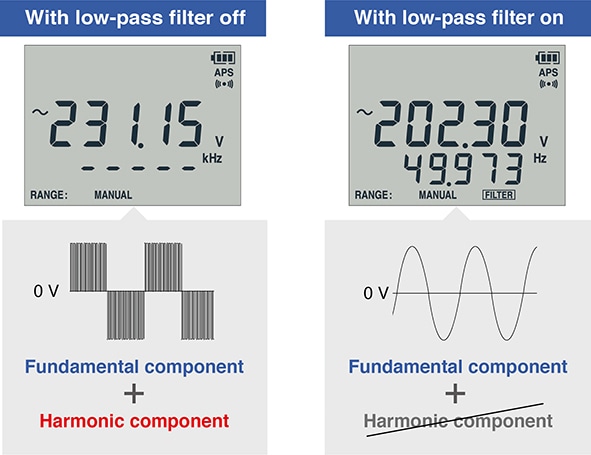 Low-pass filter function
Low-pass filter function
Precautions for inverter insulation resistance testing and voltage/current measurement
Several precautions should be borne in mind when carrying out inverter insulation resistance testing and voltage/current measurement.
Insulation resistance testing
Resistance is measured between the terminals and ground while applying a 500 V test voltage, and the measured value is checked to ensure it is at least 5 MΩ. Insulation resistance measurement consists of applying a high voltage and checking the insulation. Be sure to observe the inspection locations and applied voltages specified by the inverter’s manufacturer when making measurements.
Secondary-side voltage and current measurement
Since the waveform’s frequency varies on the secondary side of the inverter, it’s necessary to take the fundamental wave’s frequency range into account when choosing a voltmeter and current meter.
Summary
Inverters can be used to control motor speed in a fine-grained manner by converting DC to AC. They’re used in a variety of settings where they’re needed to drive equipment ranging from electric products to large industrial machinery. Inverter testing is performed in a variety of situations, including to check product quality, manage maintenance, and pinpoint malfunctions.
Why not use the test methods and precautions introduced in this page to try testing an inverter yourself?

